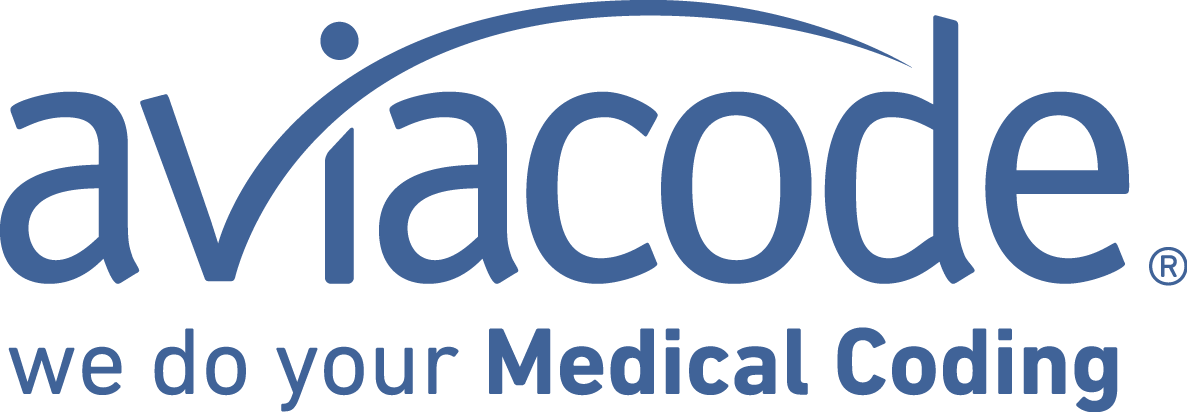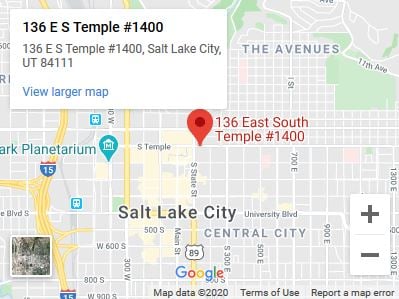 2020 presented daunting challenges to the healthcare industry, not only in diagnosing and treating COVID-19 patients, but also in transforming a healthcare delivery system to modern needs. There were hyper-growth adoptions in telehealth as more providers and the public embraced technology for patient engagement. Remote workforce, which has been common for companies like Aviacode for years, became the norm for many, who had to learn new processes if they hadn't been doing remote work before. This was true for medical coders and healthcare RCM workers alike.
2020 presented daunting challenges to the healthcare industry, not only in diagnosing and treating COVID-19 patients, but also in transforming a healthcare delivery system to modern needs. There were hyper-growth adoptions in telehealth as more providers and the public embraced technology for patient engagement. Remote workforce, which has been common for companies like Aviacode for years, became the norm for many, who had to learn new processes if they hadn't been doing remote work before. This was true for medical coders and healthcare RCM workers alike.
As noted in RevCycleIntelligence, with so many changes, it is not surprising that financial leaders at US hospitals and health systems identified confusion over COVID-19 coding and claim requirements as one of the top issues impacting revenue cycle operations in 2020.
Internal analysis found that the average hospital claim denial rate increased at a more rapid pace during the height of COVID-19, hitting a new record of nearly 11 percent of claims denied upon initial submission in 2020.
2021 is the year of change and continued opportunities. Historic changes to evaluation and management (E/M) coding took effect on January 1, 2021 in the 2,165 page final rule by CMS. New guidelines allowed physicians to select an E/M code based on total time spent on the date of the encounter or medical decision-making, and more than 60 new codes were added.
Providers continue to see the need to have robust coding education and training in place, not only to keep up with the rapidly changing COVID-19 code changes, but also in new and updated codes, to ensure accurate documentation and denial prevention.
Showing clinicians the impact of complying with new coding and documentation requirements is also another best practice for education moving forward, said Vanessa Moldovan, CPC, CPPM, CPMA, CPC-I, revenue cycle manager at HCA Healthcare.
“They're very focused on treating their patients, so if you’re going to divide your time to learning something new, you have to tell me the impact that it's going to have. If maybe there was a learning curve for some people who are listening to this, that maybe focusing on that next time, that's really, really important,” Moldovan explained in the article.
The impact could be as simple as a reduction in documentation burden, which was the impetus behind new E/M coding practices in the new Medicare Physician Fee Schedule rule, or even revenue losses, which Ginna Evans, MBA, RHIA, CPC, CRC, FAHIMA, coding educator for IM specialties at Emory Healthcare noted in the article, are frequently only seen by clinicians and their administrators after a lack of compliance has impacted their pocketbooks.
Hospital revenue in 2021 is slated to be down between $53B to $122B compared to pre-pandemic levels because of COVID-19, according a report released by the American Hospital Association (AHA).
It is imperative for healthcare providers to improve their bottom line by ensuring their reimbursements are in order with the proper documentation and coding. Outsourced remote medical coding provided by Aviacode and others are helping providers to close the gap with as-needed experienced services -- coding, coding education, audits, and clinical documentation improvement training.


